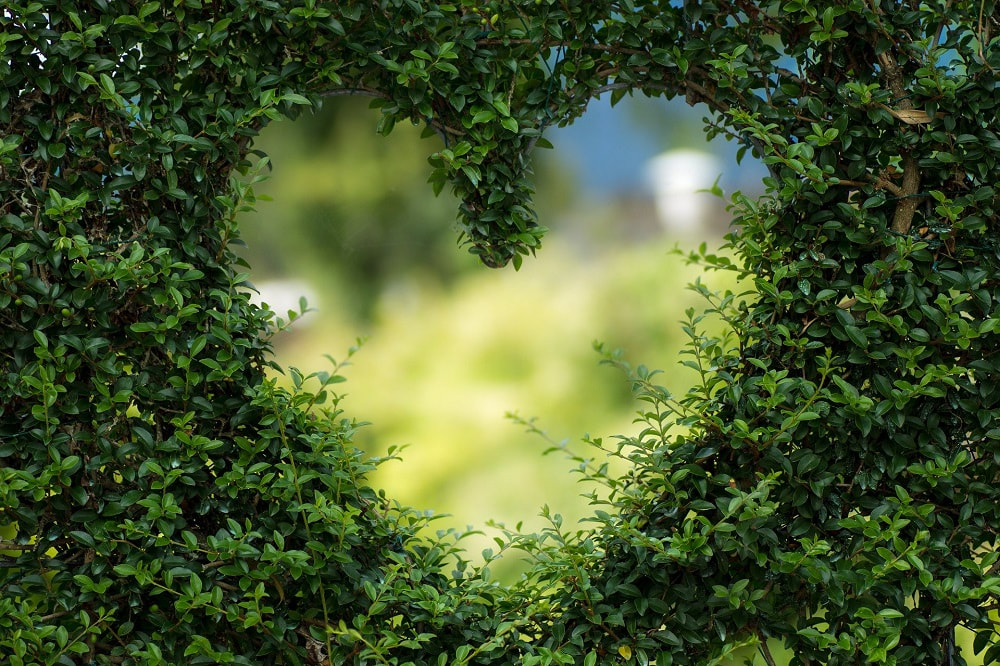|
Back to Blog
You can buy tomatoes, peaches and pears in the produce department at your nearby market, but nothing beats the pleasure of growing your own produce at home. When you grow veggies or fruit plants, you must apply special insecticide to keep the leaves crisp, green and free of any insect bite marks. Any amateur grower who decides to grow a fruit tree will have a new set of issues to face because of the different upkeep that's required to keep a fruit tree looking healthy and free of diseases. A person will also have to understand what times of the year to trim a tree and how to prune it to keep it healthy and growing at a set pace. Pruning Pruning is a helpful method that will discard old shoots from the main tree's trunk and keep a structured growing outline, but pruning also helps to keep the tree from growing out of control. Growers must note the different sorts of pruning, and when to prune a tree and when not to; for example, dormant pruning helps invigorate the tree during the fall to stabilize top growth. You must keep a set pruning cycle for a tree to make sure that its branches and fruit grow healthily and that no blockage of light to its trunk crops up during the winter and fall parts of the year. The type and age of a tree will determine the perfect time for pruning. For example, peach trees normally require late pruning because of the late blossoming of fruit. If you have an older tree, you can prune earlier in the winter and still keep the tree from getting injured, but as for younger trees, pruning later is often ideal. Summer pruning is as vital as winter pruning, because during this time of year, the hacking off of some branches will stop the tree from growing out of control. When performing summer pruning, a grower should begin to remove the shoots as soon as the buds start to grow, and typically, cutting should be performed on the top growth of a tree to remove any unwanted shoots. Training In a perfect environment, your fruit tree will mature exactly how you want it to - upright, healthy and with a strong trunk to support extra shoots. Trees usually grow wild and like to twist and turn in their own manner, making for multiple unwanted growing structures. With the help of training wire and sticks, growers can push branches together or away from each other to fight the awkward twists seen during its early growth period. If you want to grow a set of pear trees in your backyard; you may need some training tools to ensure the branches do not hit each other and grow properly. If you need help with pruning your trees get in touch with the Chelmsford Tree Surgeon office today. We are experienced arborists that work for commercial and residential clients across the Chelmsford borough. Call 01245 527 053, so that we can book you in for a visit.
0 Comments
Read More
Your comment will be posted after it is approved.
Leave a Reply. |
|
Chelmsford Tree Surgeon
Suite 153, Dorset House, Duke Street, Chelmsford, CM1 1TB 01245 527 053 |

